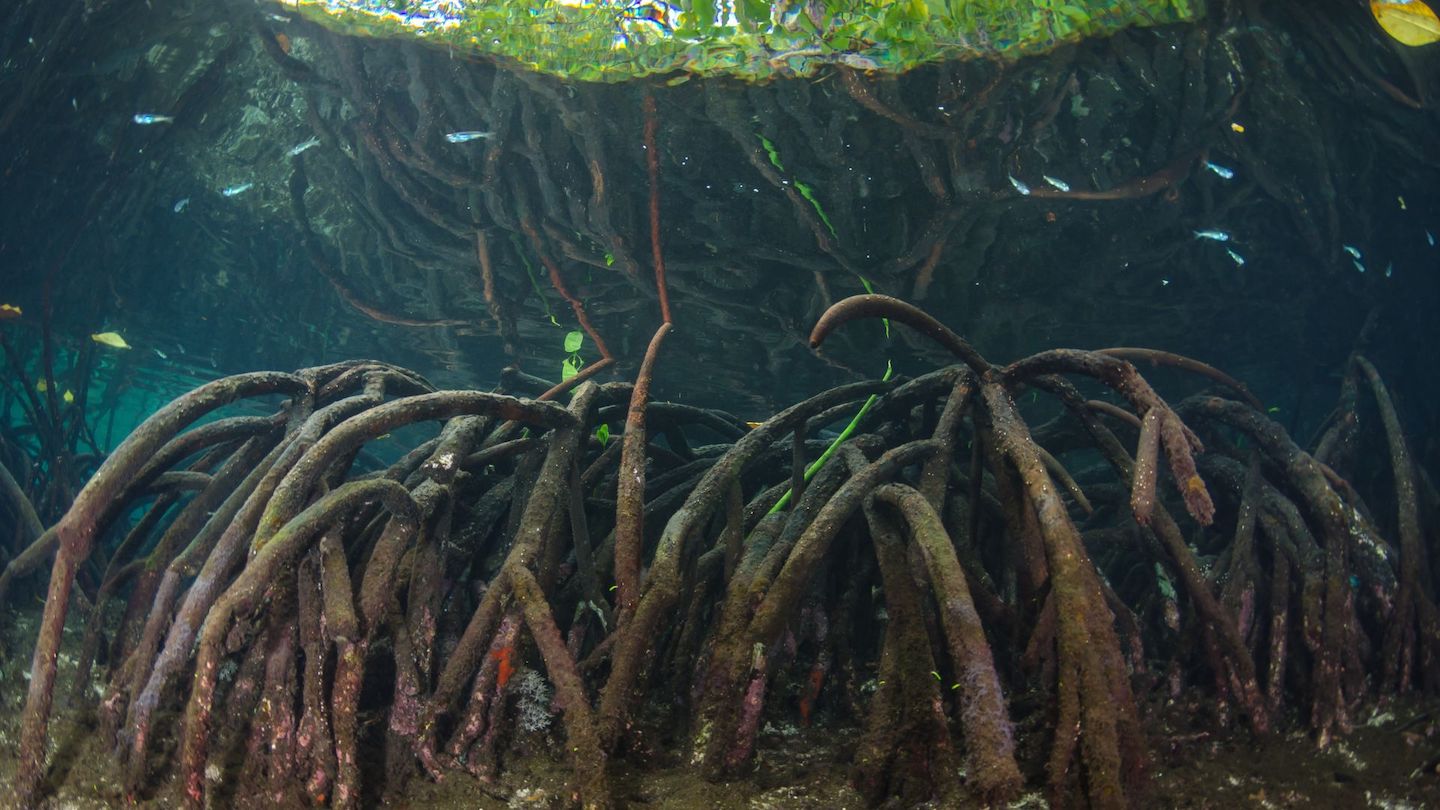Nurturing Havens: The Vital Role of Fish Nurseries in Mangrove Forests
Mangrove forests, with their intricate tangle of roots and lush greenery, play a crucial role in supporting marine ecosystems. Among their many ecological functions, one of the most vital is their role as fish nurseries. These coastal habitats provide a safe haven for various fish species during critical stages of their life cycles, fostering biodiversity and contributing to the overall health of marine environments.

The Importance of Mangrove Fish Nurseries:
1. Safe Haven for Juveniles:
Mangrove forests serve as ideal shelters for juvenile fish. The labyrinth of prop roots offers a complex and protective environment, shielding these young fish from predators. The intricate root systems also provide hiding places and create a buffer against strong currents, reducing the risk of being swept away.
2. Abundance of Food Resources:
Mangrove ecosystems are rich in nutrients and provide a diverse range of microorganisms, algae, and invertebrates, which serve as abundant food sources for juvenile fish. The availability of such nourishment in these nurseries facilitates the rapid growth and development of young fish, increasing their chances of survival.
3. Transition Zone:
Mangrove forests serve as transitional zones between freshwater and marine environments. This unique positioning allows fish to adapt to varying salinity levels, a critical skill for species that migrate between freshwater and saltwater habitats during different life stages.
4. Biodiversity Hotspots:
Mangrove fish nurseries contribute significantly to the overall biodiversity of marine ecosystems. A wide array of fish species, including commercially important ones, utilize mangrove habitats for breeding and early development. This diversity not only supports local fisheries but also ensures the resilience of the broader marine food web.
Conservation Challenges:
1. Habitat Destruction:
Anthropogenic activities, such as deforestation, urban development, and aquaculture, pose a significant threat to mangrove habitats. Destruction of these vital ecosystems directly impacts fish nurseries, leading to declines in fish populations and compromising the health of surrounding marine environments.
2. Pollution:
Mangrove habitats are susceptible to pollution from various sources, including industrial runoff and improper waste disposal. Pollutants can have detrimental effects on fish populations, disrupting their reproductive cycles and negatively impacting the health of juveniles.
3. Climate Change:
Rising sea levels and changing ocean temperatures associated with climate change pose additional challenges to mangrove ecosystems. These changes can alter the availability of suitable habitats and impact the timing of breeding seasons, affecting the success of fish reproduction.
Preserving and restoring mangrove fish nurseries is essential for the sustainability of marine ecosystems. Efforts to address habitat destruction, pollution, and climate change are crucial in ensuring the continued role of mangroves as vital sanctuaries for juvenile fish. Recognizing the interconnectedness of these ecosystems and implementing conservation measures are imperative steps toward safeguarding the health and biodiversity of our oceans.
